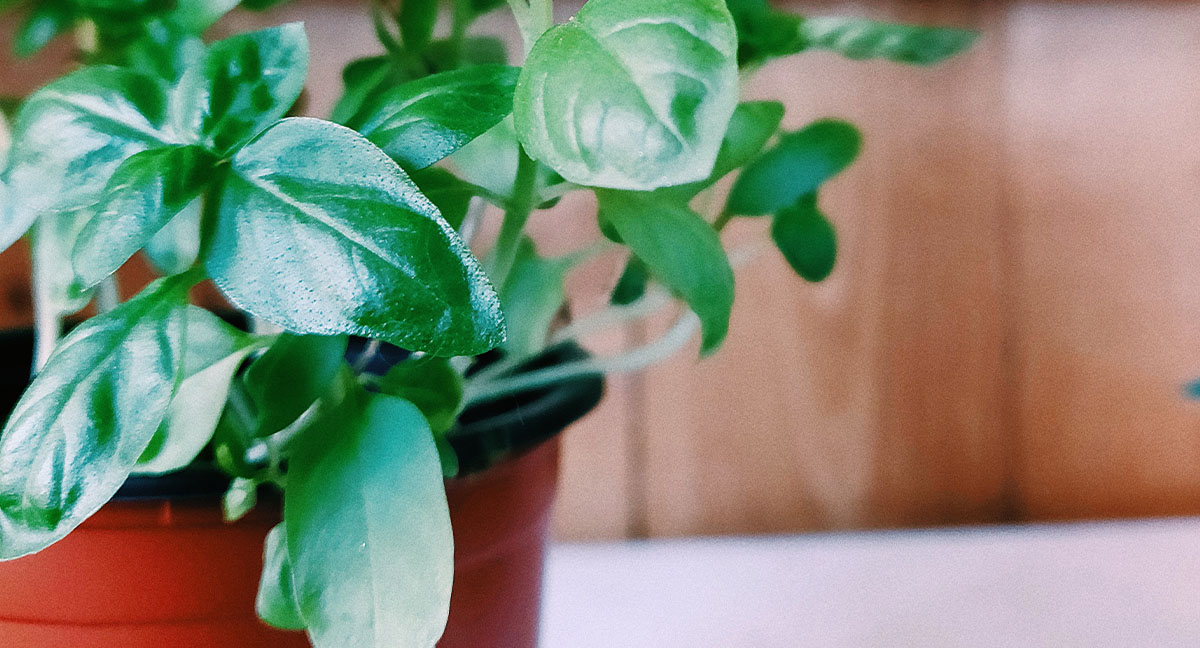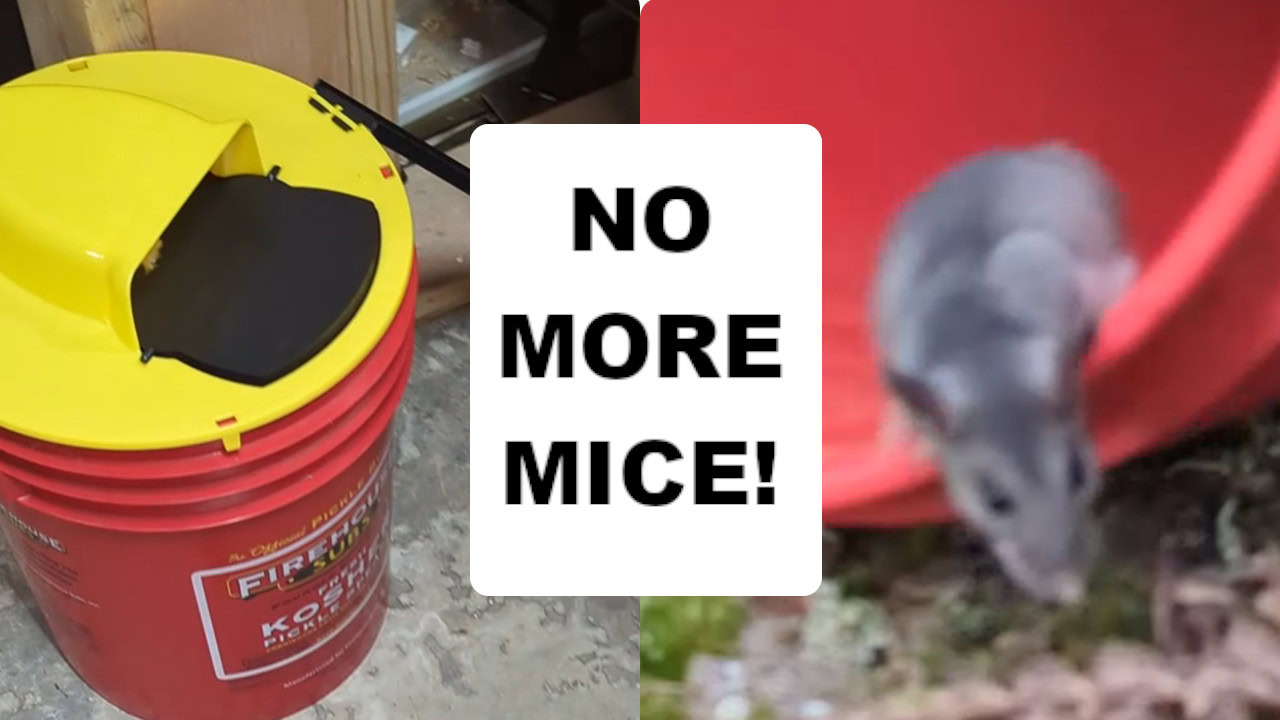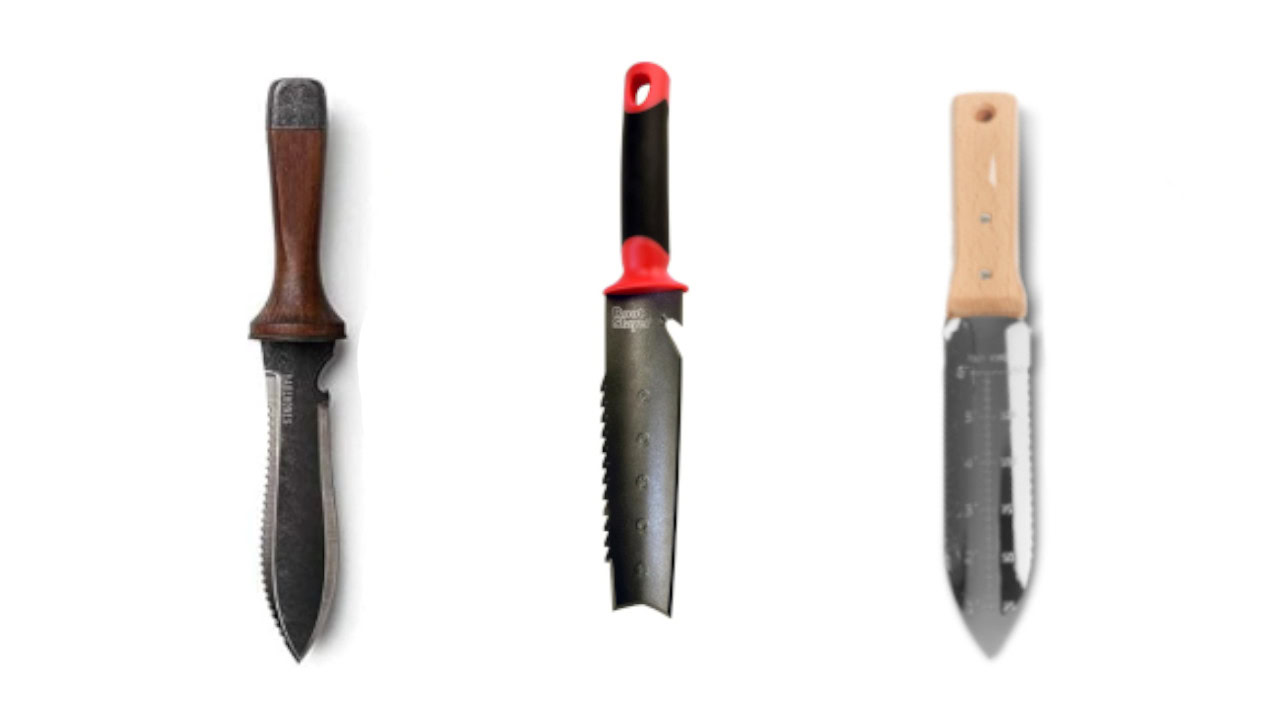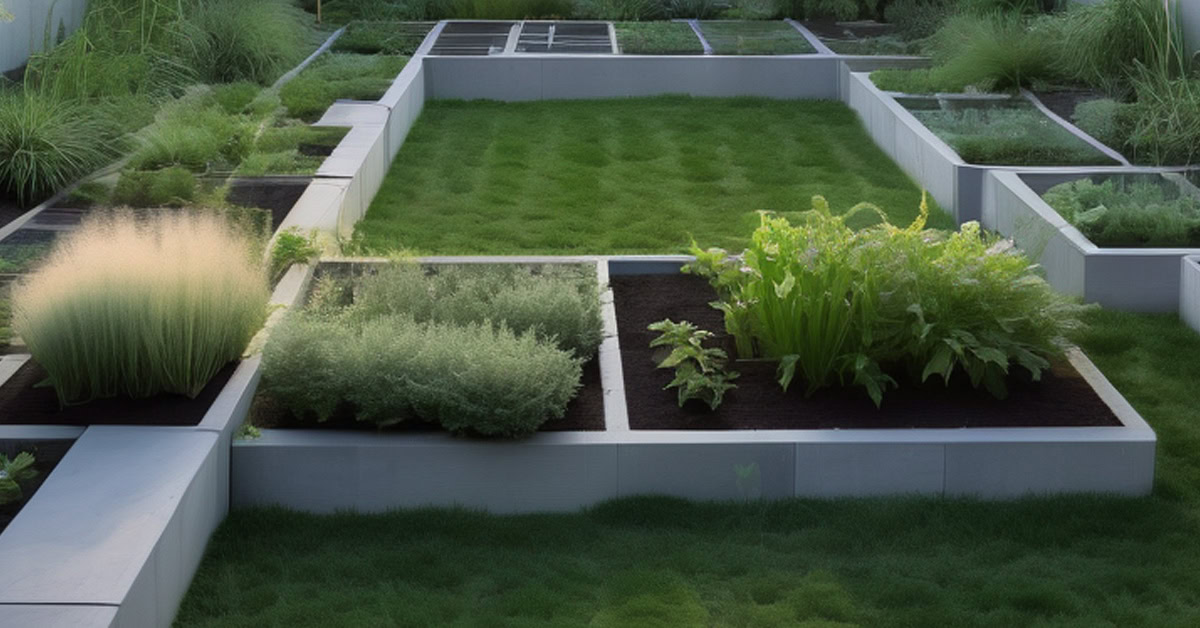Basil is a versatile and delicious herb that is a staple in many kitchens around the world. While it’s often grown outdoors in a garden bed or raised planter, growing basil in a pot on your patio can be a convenient and rewarding alternative. By following a few simple steps, you can easily grow a healthy and productive basil plant that will provide you with fresh leaves for cooking, garnishing, or even scenting your home.
In this post, we’ll cover everything you need to know about growing basil in a pot on your patio, including choosing the right pot, selecting the best soil mix, providing enough sunlight and water, fertilizing your plant, pruning it for optimal growth, and controlling pests that may affect your basil plant. Whether you’re a seasoned gardener or a beginner, these tips and techniques will help you grow a thriving basil plant that will add flavor and fragrance to your patio garden.
So let’s get started and learn how to grow basil in a pot on your patio!
Choosing the Right Pot Size and Depth for Growing Basil
When it comes to growing basil in a pot on your patio, choosing the right pot and planting style is key. Here are some factors to consider when selecting a pot for your basil plant:
- Size: Basil plants need plenty of space to grow and develop healthy roots. A pot that is at least 12 inches in diameter and 12 inches deep is ideal for growing basil, but smaller pots can also work if you are limited on space.
- Material: There are several materials that are suitable for pots for growing basil, including terra cotta, plastic, wood, and ceramic. Each material has its pros and cons, so it’s important to choose the one that suits your needs and preferences best. For example, terra cotta pots are porous and allow excess moisture to evaporate, while plastic pots are lightweight and easy to move around. Ceramic pots are heavy and durable, but may dry out quickly. Wood pots can add a natural and rustic touch to your patio garden, but may need to be treated to prevent rotting.
- Drainage: Whatever material you choose for your pot, make sure it has good drainage holes at the bottom to prevent water from accumulating and causing root rot.
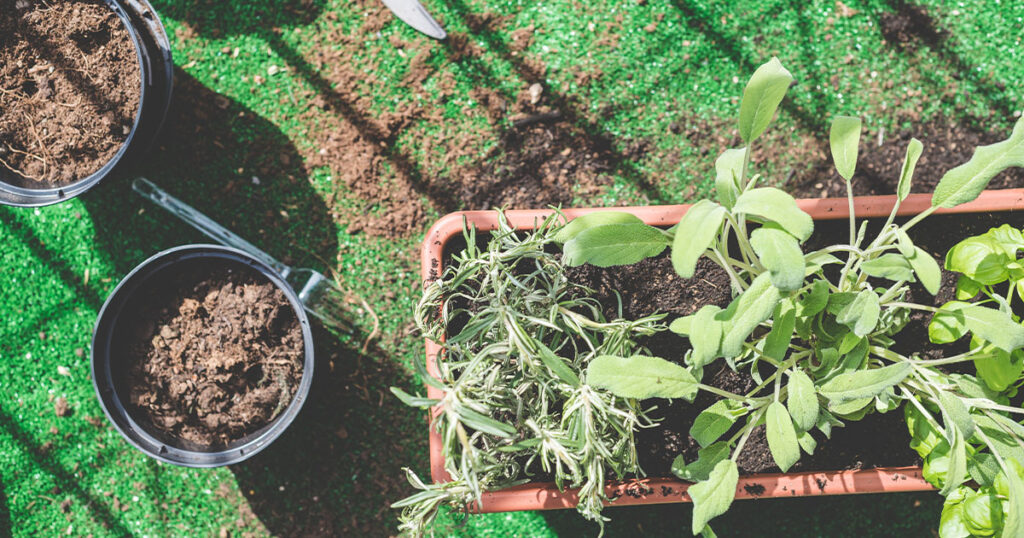
In addition to choosing the right pot, you’ll also need to decide on a planting style for your basil plant. Here are some options:
- Single plant: Growing one basil plant in a pot is a simple and straightforward way to start. You can place the pot on a sunny spot on your patio and watch your basil plant thrive.
- Companion planting: Basil is a great companion plant for many vegetables and herbs, including tomatoes, peppers, and oregano. You can plant basil in a pot with other herbs and vegetables to create a diverse and productive patio garden.
- Succession planting: If you want a continuous supply of fresh basil leaves, you can plant new basil seeds every few weeks to ensure a steady harvest throughout the growing season.
By choosing the right pot and planting style for your basil plant, you’ll set it up for success and be well on your way to growing a healthy and productive plant.
Choosing the Best Material for a Pot for Growing Basil
There are several materials that are suitable for pots for growing basil, including:
- Terra cotta: Terra cotta pots are a popular choice for growing basil, as they are porous and allow excess moisture to evaporate, which helps to prevent root rot. However, terra cotta pots can also dry out quickly, so you may need to water your basil plant more frequently if you use a terra cotta pot.
- Plastic: Plastic pots are lightweight and inexpensive, making them a convenient choice for growing basil. However, plastic pots do not allow excess moisture to evaporate as well as other materials, so it is important to be careful not to overwater your basil plant if you use a plastic pot.
- Wood: Wood pots can add a natural and rustic touch to your patio garden, and they are also durable and long-lasting. However, wood pots can be more expensive than other materials and may need to be treated with a sealant to prevent rotting.
- Ceramic: Ceramic pots are heavy and durable, and they can add a decorative touch to your patio garden. However, like terra cotta pots, ceramic pots can dry out quickly, so you may need to water your basil plant more frequently if you use a ceramic pot.
Ultimately, the best material for a pot for growing basil will depend on your personal preference and the specific needs of your plant. Whatever material you choose, be sure to choose a pot that is at least 12 inches in diameter and 12 inches deep to give your basil plant plenty of room to grow and thrive.
Ensuring Your Basil Plant Gets Enough Sunlight for Healthy Growth
Basil is a sun-loving plant that requires plenty of direct sunlight to grow and thrive. When growing basil in a pot on your patio, it’s essential to choose a spot that receives enough sunlight throughout the day to support your plant’s growth. In this section, we’ll cover some tips for providing adequate light for your basil plant.
- Choose a Sunny Spot When selecting a spot for your basil pot, choose an area that receives at least 6 hours of direct sunlight per day. Ideally, this spot should have some shade during the hottest hours of the day to prevent the leaves from wilting. If you’re not sure which spot gets the most sunlight, observe your patio throughout the day to see where the sun shines the brightest.
- Use Artificial Light If your patio doesn’t get enough sunlight to support your basil plant, you can supplement it with artificial light by using a grow light. Grow lights provide the full spectrum of light required for photosynthesis, and they’re an excellent alternative for patios that don’t get enough natural light. Place your grow light above your basil plant so that it receives 12-16 hours of light per day, and adjust the height of the light as your plant grows.
- Monitor the Light Levels While it’s crucial to provide enough light for your basil plant, be careful not to expose it to too much direct sunlight during the hottest hours of the day, as this can cause the leaves to wilt and dry out. If you notice that your basil plant is getting too much or too little light, adjust its placement or use a shade cloth to filter the sunlight. Regularly monitor the light levels to ensure that your plant is getting the right amount of sunlight.
By following these tips, you can provide adequate light for your basil plant and ensure that it grows strong and healthy. Remember that basil plants need a lot of direct sunlight to produce flavorful leaves, so make sure to choose a spot that receives plenty of sunlight throughout the day. If your patio doesn’t get enough sunlight, consider supplementing it with artificial light to provide the full spectrum of light required for photosynthesis. With the right amount of light, your basil plant will thrive and provide you with fresh leaves for cooking, garnishing, or even scenting your home.
Selecting the Best Soil Mix for Growing Basil in a Pot
Choosing the right soil mix is essential for growing a healthy and productive basil plant in a pot on your patio. Basil plants prefer a well-draining soil that’s rich in nutrients and has a pH level between 6.0 and 7.0. In this section, we’ll cover some tips for selecting the best soil mix for your basil plant.
- Use a Potting Soil Mix A high-quality potting soil mix is an excellent option for growing basil in a pot on your patio. Choose a potting soil that’s specifically formulated for container gardening, as these soils provide the necessary drainage, aeration, and nutrient levels for growing healthy plants. Avoid using garden soil, which can be too heavy and may contain pests or diseases that can harm your basil plant.
- Make Your Own Soil Mix If you prefer to make your own soil mix, a combination of equal parts perlite, compost, and peat moss can provide an excellent growing medium for basil plants. This soil mix is well-draining and rich in nutrients, which can promote healthy growth and prevent the soil from becoming waterlogged.
- Avoid Heavy Soil Mixes Basil plants don’t do well in heavy soil mixes, which can retain too much moisture and lead to root rot. Avoid using soil mixes that contain a high percentage of clay, as these soils tend to be too dense for growing healthy plants. Instead, choose soil mixes that are light, fluffy, and well-draining.
- Add Nutrients Basil plants require regular feeding to produce flavorful leaves. Consider adding a slow-release fertilizer to your soil mix, or add organic amendments such as compost or worm castings to provide a steady supply of nutrients. You can also use a liquid fertilizer to provide a quick boost of nutrients to your basil plant.
By following these tips, you can choose the right soil mix for your basil plant and ensure that it grows strong and healthy. Remember that basil plants require a well-draining soil that’s rich in nutrients, and avoid using heavy soil mixes that can lead to root rot. By selecting the right soil mix and providing regular feeding, you can grow a productive and delicious basil plant that will add flavor and fragrance to your patio garden.
Fertilizing Your Basil Plant: Choosing the Right Fertilizer for Optimal Growth
Basil is a heavy feeder and will benefit from regular fertilization to promote healthy growth and abundant leaf production.
A balanced liquid fertilizer or a slow-release granular fertilizer that is formulated for herbs or vegetables will work well for basil. These types of fertilizers usually have a balanced ratio of nitrogen, phosphorus, and potassium (NPK ratio) such as 20-20-20 or 10-10-10. Nitrogen is important for foliage growth, phosphorus promotes root growth and flowering, and potassium helps with overall plant health and disease resistance.
You can also try using an organic fertilizer such as compost or well-rotted manure, which will provide a slow and steady supply of nutrients to your basil plant.
It is important to follow the instructions on the fertilizer package and not over-fertilize your basil plant, as this can lead to leggy and weak growth. Too much nitrogen can also reduce the flavor and fragrance of your basil leaves.
Watering Your Basil Plant: Maintaining the Right Moisture Level for Optimal Growth
Proper watering is essential for growing a healthy basil plant in a pot. Basil plants like to be kept consistently moist, but be careful not to overwater them. To check if your basil plant needs watering, stick your finger about an inch into the soil. If it feels dry, it’s time to water your plant.
Water your basil plant until the soil is evenly moist, but be sure to drain any excess water from the bottom of the pot to prevent root rot. It’s a good idea to water your basil plant in the morning, as this will give the leaves time to dry off before evening, which can help prevent fungal diseases.
In general, basil plants should be watered once or twice a week, depending on the weather and the size of the pot. In hot, dry weather, your basil plant may need to be watered more often to keep the soil moist. In cooler weather or in a larger pot, your basil plant may not need to be watered as frequently.
It is important to monitor the moisture level of your basil plant and adjust your watering schedule accordingly. Overwatering your basil plant can lead to root rot, while under-watering it can cause the leaves to turn yellow and wilt. By watering your basil plant regularly and providing it with the right amount of moisture, you can help ensure that it grows strong and healthy.
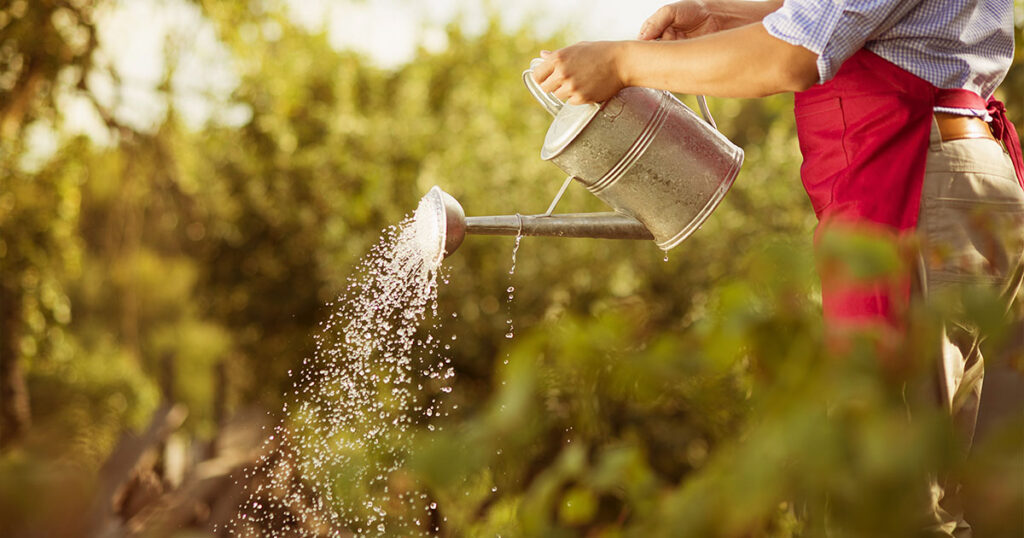
Pruning Your Basil Plant: Encouraging Bushy Growth and Abundant Leaf Production
Pruning your basil plant is an important step in maintaining a healthy and productive plant. Pruning your basil plant will encourage it to grow bushier and produce more leaves, which can be used for cooking or to add fragrance to your patio garden.
To prune your basil plant, simply snip off the top few inches of the plant using clean, sharp scissors. Make sure to prune your basil plant regularly to keep it healthy and encourage new growth.
When pruning your basil plant, it is important to avoid removing too much foliage at once, as this can stress the plant. Instead, focus on removing the top few inches of the plant, which will encourage the plant to grow bushier and produce more leaves.
In addition to pruning, it is also important to fertilize your basil plant regularly and provide it with plenty of sunlight and well-draining soil to ensure that it grows strong and healthy. By following these steps, you can help your basil plant thrive and produce an abundance of delicious and fragrant leaves.
Pest Control for Basil Plants: Protecting Your Plant from Common Pests
Basil plants are prone to attracting pests such as aphids and whiteflies, which can damage the leaves and reduce the productivity of your plant. To prevent pests from taking over your basil plant, it is important to implement a pest control plan.
One option is to use an insecticidal soap or neem oil, which are natural pest control products that are safe for use on basil plants. Simply follow the instructions on the package to apply the product to your basil plant.
You can also try attracting beneficial insects such as ladybugs and lacewings, which will help to control pest populations. Planting a variety of herbs and flowers in your patio garden can also help to attract beneficial insects, which will help to keep pests in check.
It is also a good idea to regularly inspect your basil plant for signs of pests, such as yellowing or wilting leaves or small insects on the stems and leaves. By catching pests early and implementing pest control measures, you can help protect your basil plant and keep it healthy.
Final Thoughts On Growing Basil In A Pot On Your Patio
By following these tips, you can choose the right soil mix for your basil plant and ensure that it grows strong and healthy. Remember that basil plants require a well-draining soil that’s rich in nutrients, and avoid using heavy soil mixes that can lead to root rot. By selecting the right soil mix and providing regular feeding, you can grow a productive and delicious basil plant that will add flavor and fragrance to your patio garden. With the right soil, your basil plant will have a strong foundation for healthy growth and will reward you with a bountiful harvest of fresh and flavorful leaves.

